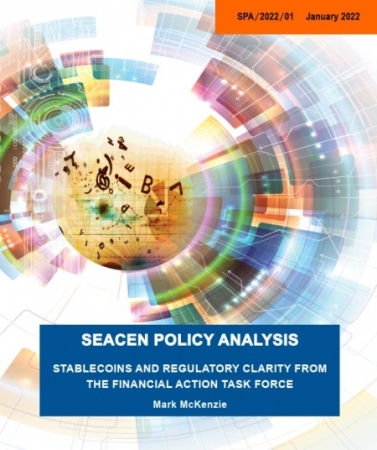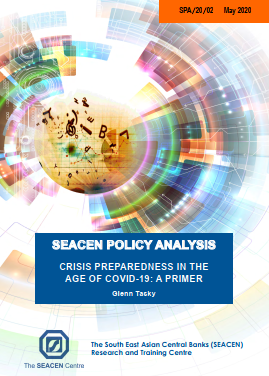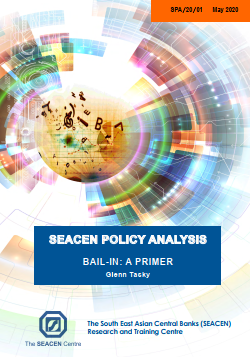SEACEN Policy Analysis Issue #2
This paper is the second in a series of publications titled SEACEN Policy Analysis. With this paper, SEACEN is renaming the series formerly known as SEACEN Staff Policy Analysis, to take into account that papers in this series may be authored by SEACEN staff, by SEACEN staff in cooperation with outside experts, or by outside experts only.
As before, the series is intended to provide in-depth analysis of topical policy issues in macroeconomics, monetary policy, financial stability, and payments systems, with a particular emphasis on contextualizing these issues to the SEACEN stakeholder space. The papers look at the contours of cutting-edge issues that arise with ever-changing macroeconomicenvironments and technological possibilities and focus more on policy options than on technical analysis such as econometric modeling.
The current paper, “Bail-in: a primer” attempts to provide answers to some complex and unresolved issues in dealing with problem banks. For decades, governments have often “bailed out” troubled banks, while their investors have not borne the brunt of the losses.
During and after the Great Financial Crisis, however, the outlays by governments to shore nd proved controversial, and even politically unacceptable, in many jurisdictions. By “bailing in”, investors across the hierarchy of the liability structure of these failing banks can be forced to take losses, lowering the demands on the public purse while addressing moral hazard.
However, bail-in as a resolution tool has not been used very often, and the conditions under which it has been used do not seem to follow a consistent pattern. As such, bail-in can be considered an emerging and experimental tool in the toolbox of regulatory authorities around the world, although it is yet to be proven as a reliable tool for resolution. In this issue, Glenn Tasky, SEACEN’s Director of Financial Stability and Supervision / Payment and Settlement Systems, suggests some solutions to the ambiguities and implementation issues surrounding the use of the bail-in tool. This paper may be particularly useful for those jurisdictions that are still developing their bank resolution frameworks, but it can also be a guide for those authorities who may already have the tool at their disposal and need some guidance on how to actually implement it. A future issue in this series will look at how bail-in has actually been used in the SEACEN stakeholder space, and possible obstacles to it being used more frequently.













